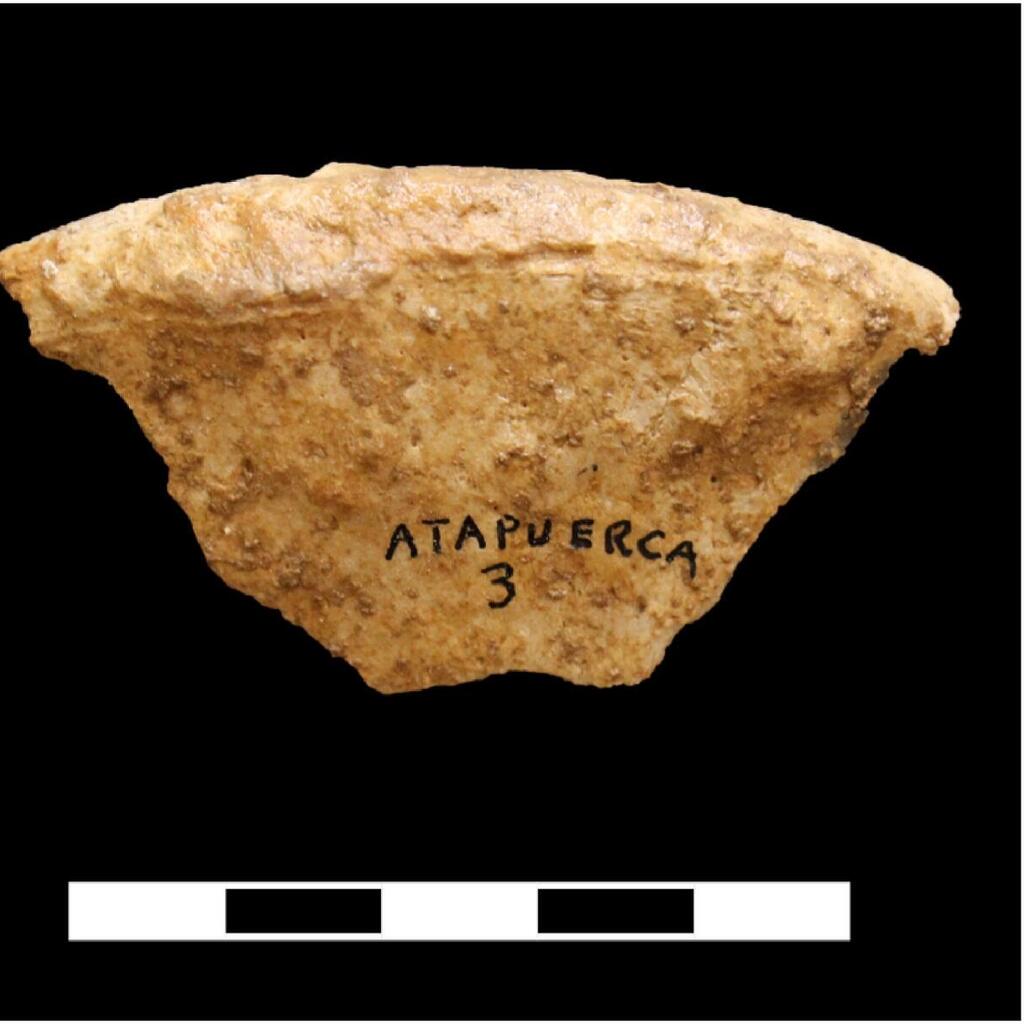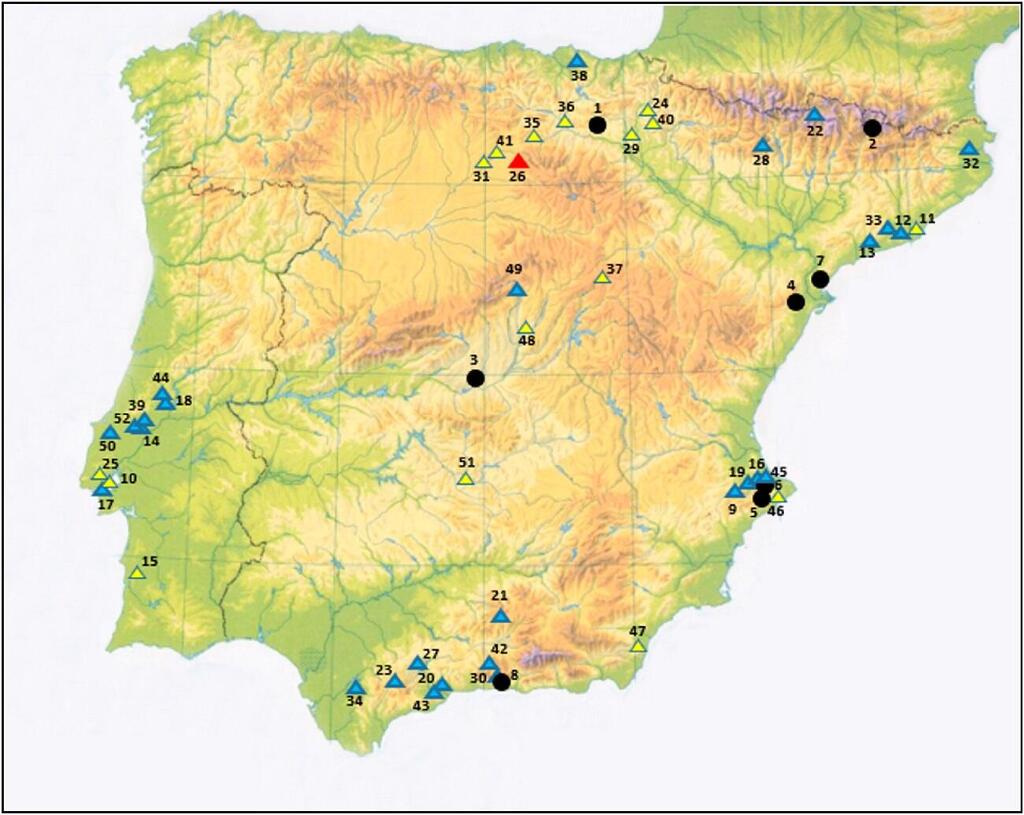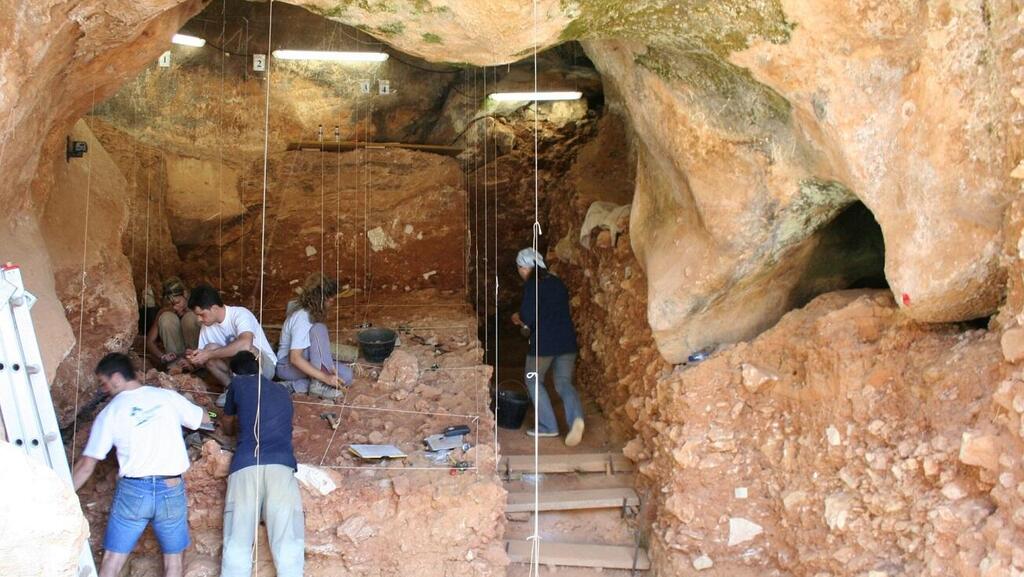Getting your Trinity Audio player ready...
Researchers have conducted a renewed examination of the ancient Neolithic human remains found within the Galería del Sílex cave. The cave was discovered in 1972 by a Spanish cave exploration group, and it is part of the cave system in the Atapuerca Mountains of Spain.
Read more:
The research team operating at this archaeological site designated as a UNESCO World Heritage site, analyzed the discoveries made there, shedding new light on the individuals whose remains were found. The research was led by scholars from the University of Alcala.
During infrastructure work related to the installation of railway lines in Spain, archaeological sites were discovered in the ancient Karst region, near the town of Atapuerca in the province of Burgos, within the autonomous community of Castile and León.
Archaeological excavations at this site began in 1964 under the direction of Francisco Jordá Cerdá. Over the years, these excavations have revealed human remains from various epochs, spanning from the dawn of humanity through the Bronze Age and into modern times. Additionally, numerous stone tools and art objects were unearthed at these excavation sites. The archaeological work at this site has continued uninterrupted, and 23 years ago it was designated as a UNESCO World Heritage site.
For thousands of years, humans used one of the caves within this archaeological site, known as Galería del Sílex. The cave contains 53 panels of red and black cave art paintings, thousands of human and animal remains, along with dozens of remnants indicating fire use and fragments of pottery.
3 View gallery


Iliac fragment attributed to the uncovered skeletons
(Photo: Quaternary Science Reviews (2023))
When the Bronze Age came to an end, the entrance to the cave was sealed, creating a time capsule that remained untouched until its rediscovery in 1972 when archaeological excavations commenced. Initially, researchers believed that all the remains and findings dated back to the Bronze Age. However, as time passed, a more complex picture emerged.
In the two decades following its discovery, around 2,700 human remains were collected, remnants of hearth centers and strategically placed torches, over 6,000 pottery fragments (from which at least 336 pottery vessels were reconstructed), a variety of tools, shaped stones, polished flint and 341 animal remains (primarily rabbits).
Remains of five individuals were discovered within the cave's two deep chasms, known as Sima A and Sima B (Sima, in Spanish, meaning chasm). In Sima B, three individuals were found within the vertical chimney, and their positioning and context suggest a deliberate placement. Notably, one individual (I-1) contained a complete skeletal assembly, indicating that they were deposited directly after death. In contrast, the other two individuals are not entirely complete, implying that they may have been moved to the chasm from elsewhere.
3 View gallery


Geographic distribution of Early Neolithic sites (before 4800 cal BCE) in the Iberian Peninsula
(Image: Quaternary Science Reviews (2023))
The researchers, whose findings were published in the Quaternary Science Reviews journal, noted some difficulty in precisely reconstructing this location based on the available photographs of the original excavation.
In Sima A, the remains of two additional individuals were discovered, along with six pottery pieces later attributed to the early Neolithic period. Initial interpretations of these two individuals suggested they might have been a pair of Bronze Age cave explorers who went missing and descended into the 15-meter deep chasm (the depth of Sima A). However, the presence of Neolithic pottery suggests a tradition that was practiced during that era, where pottery vessels were left as burial offerings during Neolithic burials dating back 5,000-6,000 years ago.
One of the individuals (I-5) discovered in the chasm was identified as a 13-year-old girl at the time of her death. Her remains were found intact at the bottom of the chasm, along with the remains of six pottery pieces located nearby. The other individual (I-4) was an adult male whose body was found facing downwards, with the lower half of his body missing.
Radiocarbon dating performed on the three human remains, including the young girl (I-5) from Sima A and the two individuals from Sima B, indicated that their origin dates back to the late 6th millennium BCE, over 7,000 years ago. This makes them some of the oldest Neolithic human remains ever found in the inner part of the Iberian Peninsula. Therefore, in the case of the 13-year-old girl, it represents a burial site from the Neolithic period that predates burial traditions documented from that era by over 1,000 years.
Somewhat intriguingly, the individual I-4 from the Sima A burial site, located next to the young girl, was dated to a much more recent period, approximately 4,000 years ago, which is closer to our time. This is more reminiscent of the dating of the individuals from Sima B.



